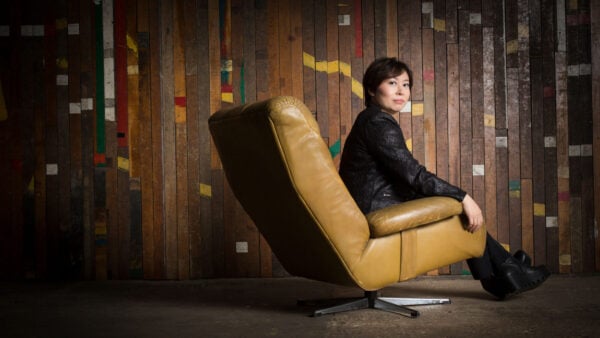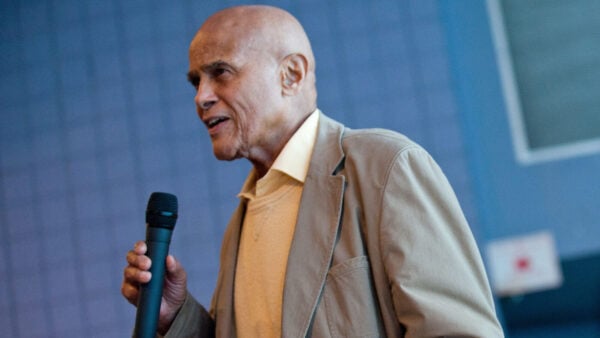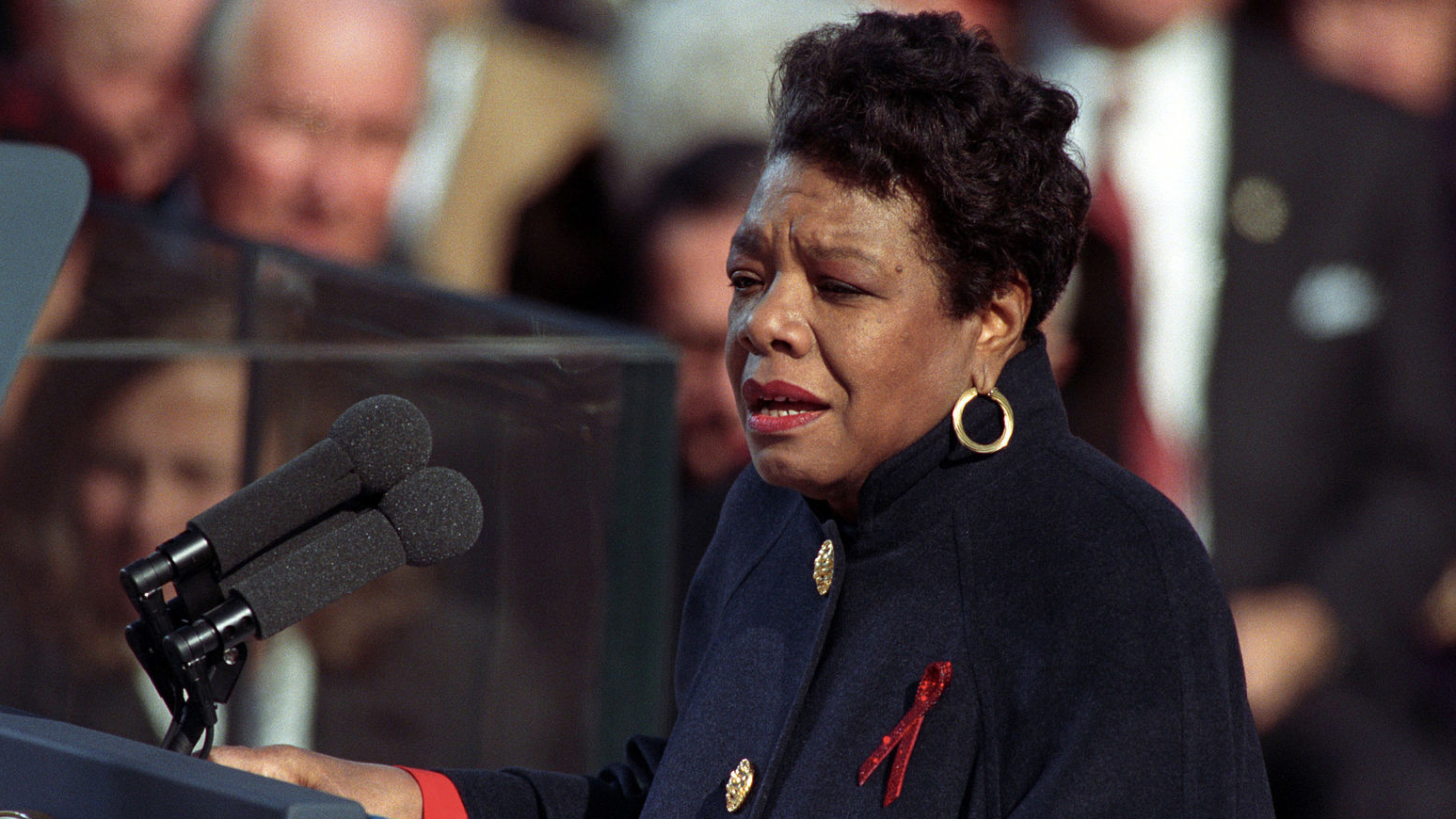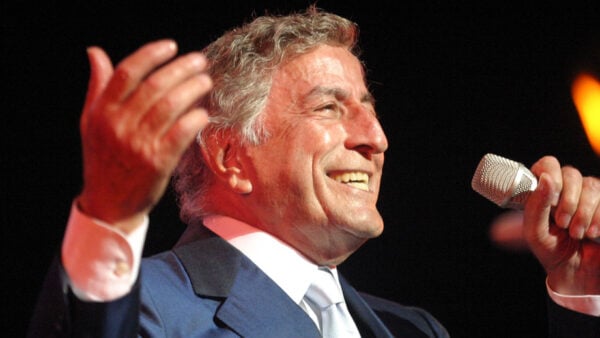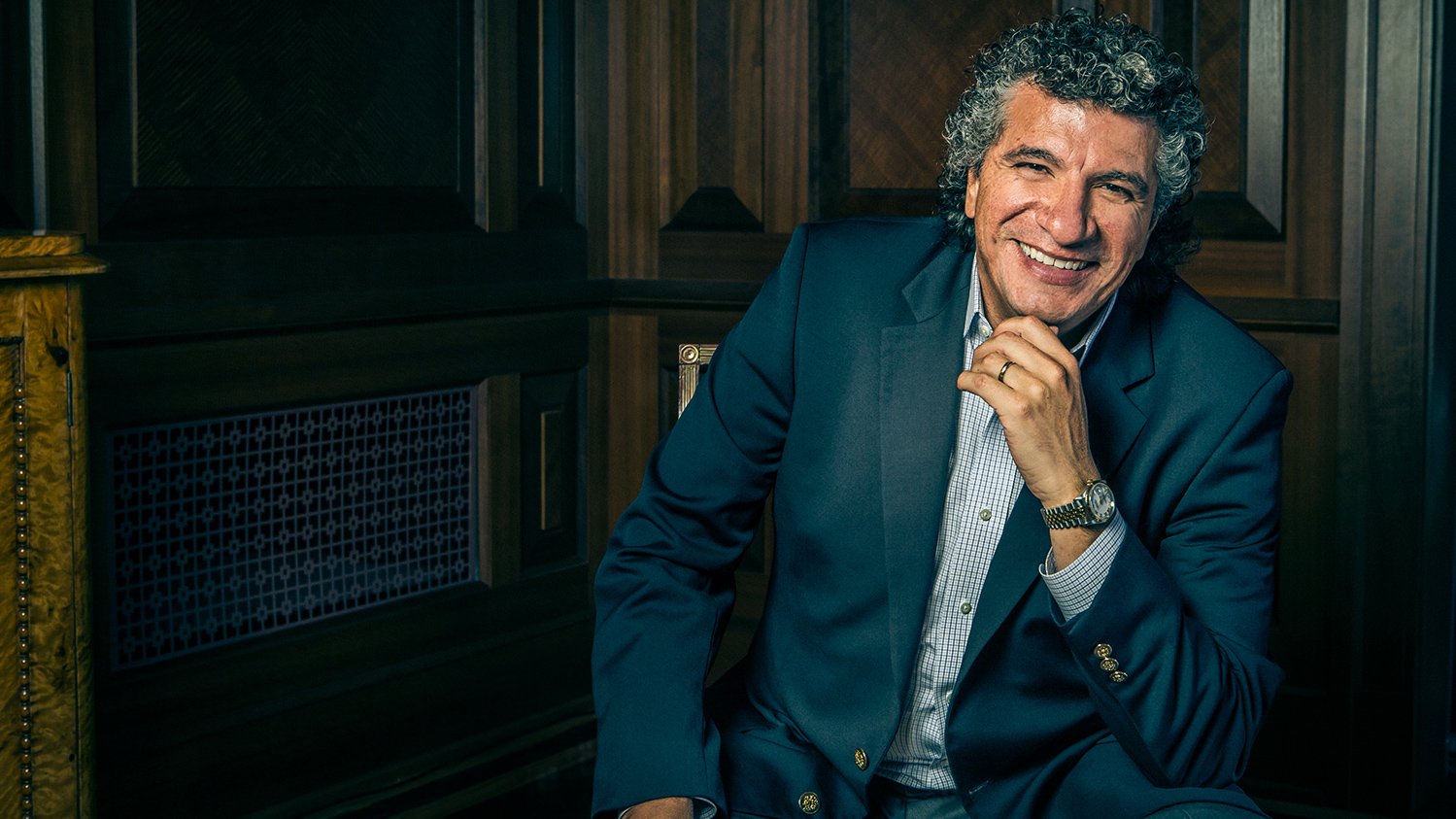
Conductor Giancarlo Guerrero
Multi-Grammy Award-winning conductor and music director of the Nashville Symphony Giancarlo Guerrero never envisioned a career as a maestro, let alone as a musician. As Guerrero says, “In many ways, I am the poster child to show that music can…become a part of your life regardless of your background.” Born in Nicaragua, Guerrero and his family fled the civil war in their home country in the late 1970s for Costa Rica.
Guerrero’s father discovered an ad for Costa Rica’s youth orchestra, and he eventually became a percussionist. As he progressed in his studies, Guerrero started listening to American radio via satellite cable and discovered the Chicago Symphony Orchestra broadcasts on WFMT, which he proclaims “literally changed my life as a musician. WFMT was the voice that brought the message of the CSO to Costa Rica.” After pursuing a degree in percussion performance at Baylor University, Guerrero became a conducting graduate student at Northwestern University and attended CSO concerts virtually every week.
This weekend, Giancarlo Guerrero returns to the Windy City to make his conducting debut with the Chicago Symphony in a program celebrating Spanish and South American works by Ginastera, Chabrier, and Piazzolla. He will also lead Rodrigo’s Concierto de Aranjuez, featuring guitarist Pablo Sáinz-Villegas.
Hours before his conducting debut, we sat down with Giancarlo Guerrero in his dressing room backstage at Symphony Center to speak about his journey to discovering conducting (it involves a sleeveless Ozzy Osbourne shirt) and his thoughts on the responsibilities of orchestras in the 21st century.
In many ways, I am the poster child that music can…become a part of your life regardless of your background. I was born in Nicaragua and grew up in Costa Rica — I came from a completely non-musical family. No one in my immediate family even knew how to read music. My father liked mariachi music, and my mother liked Julio Iglesias. So for us, Beethoven and Tchaikovsky was as alien as you can imagine.
Growing up in Nicaragua, we didn’t have a youth orchestra—we had civil war. After the war was over in the late 1970s, my family and I moved to Costa Rica in 1981, because Nicaragua became a communist country over night. We were refugees — Costa Rica took us in, and I am forever grateful for that. With Costa Rica being a peaceful, cultural, and educational paradise, they had a youth orchestra. My father always thought I was able to carry a tune, and he saw an ad in the paper for youth orchestra auditions. I started playing percussion at around 12 or 13 years old. Some kids start at four years old — I started late, but it didn’t stop me.
Music was not a career possibility—I thought that maybe I should get a “real” job—whatever that means! Costa Rica is a small country, with only one orchestra, so I knew that musical opportunities were very limited. My older brother studied industrial engineering, and I thought, “What the hell, I’ll give it a try.” Within a few weeks, I realized, “My God, I’m going to be such an awful engineer and do an awful design, and someone will die!” [He laughs.] It was at that point I said “It’s music—it’s always been music.”
I went from Costa Rica to Texas in order to study percussion, which was like going from Earth to Pluto. Some Costa Rican musicians went to study at Baylor University, and after they graduated, the teachers said, “We want more Costa Rican students!” One of my dear friends who I grew up with and who also studied at Baylor called me and said, “Do you want to come over?” I literally left on a plane a few days later.
I always say to people if you want to learn English and make friends, join marching band. When I arrived in Texas, my percussion teacher thought, “How can I get this student to not only learn English but more importantly to make friends?” He snapped a snare drum onto me and threw me on the football field. Within a week in marching band, I was cussing, and I even had a Texas twang! [He laughs.]
Conducting was the greatest accident in the universe. I had no interest in conducting. I wanted to sit in the back of the orchestra and make fun of conductors, which was one of the greatest parts of being a percussionist! In my junior year at Baylor, I was required to take conducting, and I still have the videos from that class. In that first video, I conducted a piece by Vincent Persichetti in common time, basic conducting. I was wearing long Hawaiian shorts, flip flops, a sleeveless shirt with Ozzy Osbourne on it, and a bandana around my hair (which meant that I didn’t shower that day because it was an early class). I called it the “maestro look.” At the end of the semester, I got an A, and I thought that was it. Michael Haithcock was the conducting teacher, and he came to me later and said, “You have a natural talent. I don’t know if it’s being a percussionist and having good rhythm, but you may want to pursue this.”
I always tell this to conducting students: I was lucky to get the advice, but more importantly, I was smart enough to take the advice. Even though I did not see what he was talking about, I owe it to him and many people who inspired me. I also studied conducting at Northwestern University with Victor Yampolsky. Victor came to Nashville last year to conduct my orchestra, and I went to his rehearsal of Shostakovich’s Symphony No. 8. That was probably the proudest moment of my time with the Nashville Symphony — watching my teacher conduct my orchestra and seeing how they responded to him.
The biggest shock when my career took off was that making music was the easy part of the job. That is what I trained for. But being a music director and being in charge of the classical music taste of an entire city is a huge responsibility. The idea of gathering all of these stakeholders in an orchestra, whether it’s Nashville, or anywhere else, and saying, ”How do you inspire and lead with a clear vision of what the orchestra should mean in the 21st century?” Let’s face it—what works in Nashville doesn’t work in Chicago, nor in New York, London, or Berlin. It shouldn’t. Every city has its own energy, and orchestras need to make sure that they not only stay relevant but that they also are a part of how a city evolves and changes.
With this program in Chicago [Ginastera, Rodrigo, Chabrier, Piazzolla], I give a lot of credit to Maestro Muti and the administration for saying, “We need to play this music.” To see the Chicago Symphony turn into a tango band has been incredibly inspiring because that shows you the versatility and virtuosity of these musicians. It’s not just technical chops but also musical curiosity.
The Chicago Symphony Orchestra and WFMT have been a part of my life since 1981. I shared my story with the orchestra after our dress rehearsal and expressed that you never know how far your impact will reach. This debut with the CSO is a full-circle and celebratory moment. Another Costa Rican and Baylor graduate, [clarinetist] Wagner Campos, is playing on the program; [percussionist] Patricia Dash, who I studied with at Northwestern, is also in the symphony. I returned to Northwestern to do a residency and speak with students, and my daughter is also a freshman at the school. Michael Haithcock came to my rehearsals and will attend the concerts. My whole family will be here, and this week is too special.
Giancarlo Guerrero conducts the Chicago Symphony Orchestra May 23-26 in a program that celebrates Spanish and South American music, including Rodrigo’s Concierto de Aranjuez with guitarist Pablo Sáinz-Villegas. For tickets, visit cso.org. This interview has been lightly edited for clarity.


